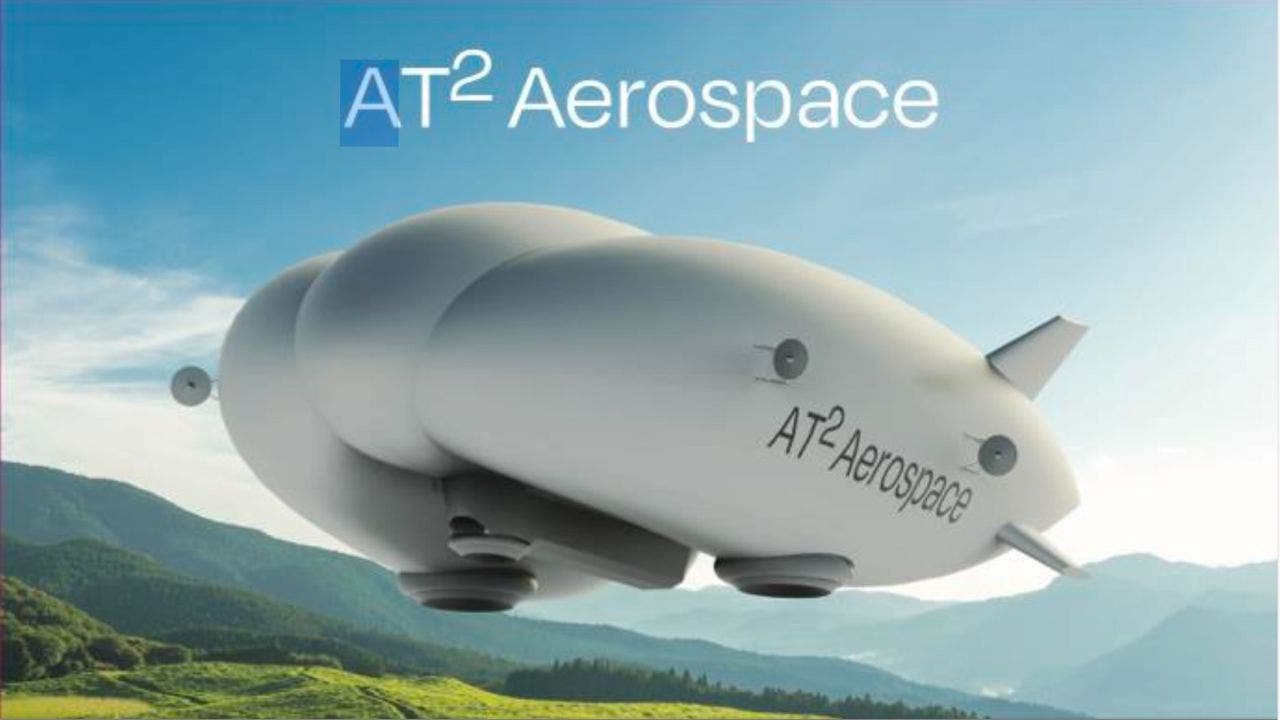Hybrid airship slashes emissions by 80%

The Hindenburg disaster of 1937 marked the end of passenger airship travel, casting a long-lasting shadow over lighter-than-air technology. For decades, airships were relegated to niche roles such as advertising and surveillance. However, a new chapter in airship technology is unfolding with the emergence of hybrid airships designed for eco-friendly cargo transport.
AT² Aerospace, a spin-off from Lockheed Martin, is at the forefront of this revival with their groundbreaking Z1 hybrid airship. Unlike the hydrogen-filled Hindenburg, the Z1 utilizes helium for lift, a nonflammable gas that provides buoyancy for the majority of the airship’s weight. With a capacity to carry up to 23.5 tons of cargo, the Z1 focuses on minimizing environmental impacts and reducing fuel consumption compared to traditional aircraft.
The Z1’s innovative design includes a tri-lobe hull that enhances lift efficiency and stability, along with an Air Cushion Landing System that allows it to land on virtually any flat surface. Vectored thrust propulsion and advanced onboard systems enable the Z1 to travel over 1,400 nautical miles at speeds of up to 60 knots. This hybrid lift system merges helium’s buoyancy with engine thrust, optimizing efficiency and control while reducing fuel consumption to just one-fifth of a heavy-lift helicopter.
The Z1 addresses two critical challenges in modern transportation. Firstly, it provides a practical solution for accessing remote regions where traditional cargo planes and helicopters face limitations. Its ability to land without airstrips opens up affordable transport options for industries like mining, disaster relief, and medical supply delivery in isolated communities. Secondly, the Z1 contributes to the global need to reduce carbon emissions by offering a low-impact freight transport alternative.
Recent purchase orders from Straightline Aviation and Arctic Airships showcase confidence in the Z1’s commercial potential. The first delivery is anticipated by 2028, with operations targeting Alaska’s challenging terrain. CEO of AT² Aerospace, Dr. Bob Boyd, emphasizes the transformative impact of their hybrid airships on cargo transport, aligning with the industry’s focus on environmental responsibility and operational efficiency.
As the world strives to cut carbon emissions, the emergence of hybrid airships like the Z1 presents a promising solution for sustainable transport. By combining lighter-than-air technology with advanced propulsion, AT² Aerospace is paving the way for a new era in eco-friendly cargo transport. The sky is no longer the limit when it comes to moving cargo responsibly, and the Z1 represents a step towards a more sustainable future in aviation.




